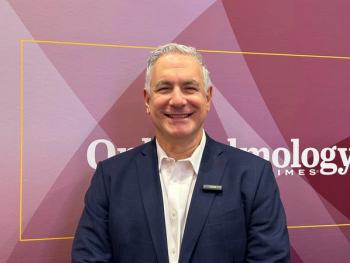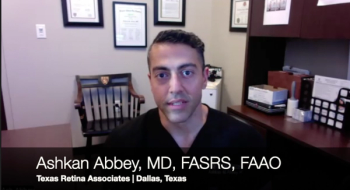
Retinal detachment highly treatable due to latest approaches, according to study
Although retinal detachments puts an individual at risk for vision loss or blindness, a new study published in the New England Journal of Medicine showed that a high probability of reattachment and visual improvement is possible by using one of the three currently available surgical techniques.
New York-Although retinal detachments puts an individual at risk for vision loss or blindness, a new study published in the New England Journal of Medicine showed that a high probability of reattachment and visual improvement is possible by using one of the three currently available surgical techniques.
"Although no randomized trials have been conducted that show definitively that one procedure is best for every situation, improvements in these surgical techniques have led to effective treatments for most patients," said lead author Donald J. D'Amico, MD, New York-Presbyterian Hospital, Weill Cornell Medical Center and Weill Cornell Medical College, New York.
In the article, Dr. D'Amico offers his recommendations for treating a man aged 57 years who experiences sudden flashes and floaters in one eye, progressive loss of vision, and a retinal detachment. Currently the three surgical options in use to treat such a case are:
• Scleral Buckling Surgery-According to Dr. D'Amico, scleral buckling is a relatively involved procedure and requires the use of a hospital operating room. It is usually performed on an outpatient basis with local anaesthesia with intravenous sedation, and the overall success rate for reattachment is about 90%.
• Pneumatic Retinopexy-This less invasive procedure is not suitable for every patient and has a somewhat lower success rate with initial treatment than does scleral buckling or vitrectomy, said Dr. D'Amico. Nevertheless, because of its minimally invasive attributes, and the fact that an attempted pneumatic does not reduce the ultimate chance for success if additional surgery is required for recurrent detachment, patient and surgeons increasingly select pneumatic retinopexy.
• Vitrectomy-Dr. D'Amico notes that there is a very strong shift toward vitrectomy, and away from buckling particularly by younger surgeons and for patients that have detachment after cataract surgery. Vitrectomy for detachment may be associated with a higher risk of postoperative cataract, and this appears to be its main disadvantage compared with buckling, which has lower risk of cataract but higher risk of other complications. In cases where bleeding in the vitreous gel is present with the detachment, a vitrectomy approach is clearly preferred to remove the vitreous hemorrhage in order to gain better visualization to find and repair tears or holes in the retina. Vitrectomy, like scleral buckling, is typically done on an outpatient basis with local anaesthesia with intravenous sedation.
Newsletter
Don’t miss out—get Ophthalmology Times updates on the latest clinical advancements and expert interviews, straight to your inbox.



















































.png)


